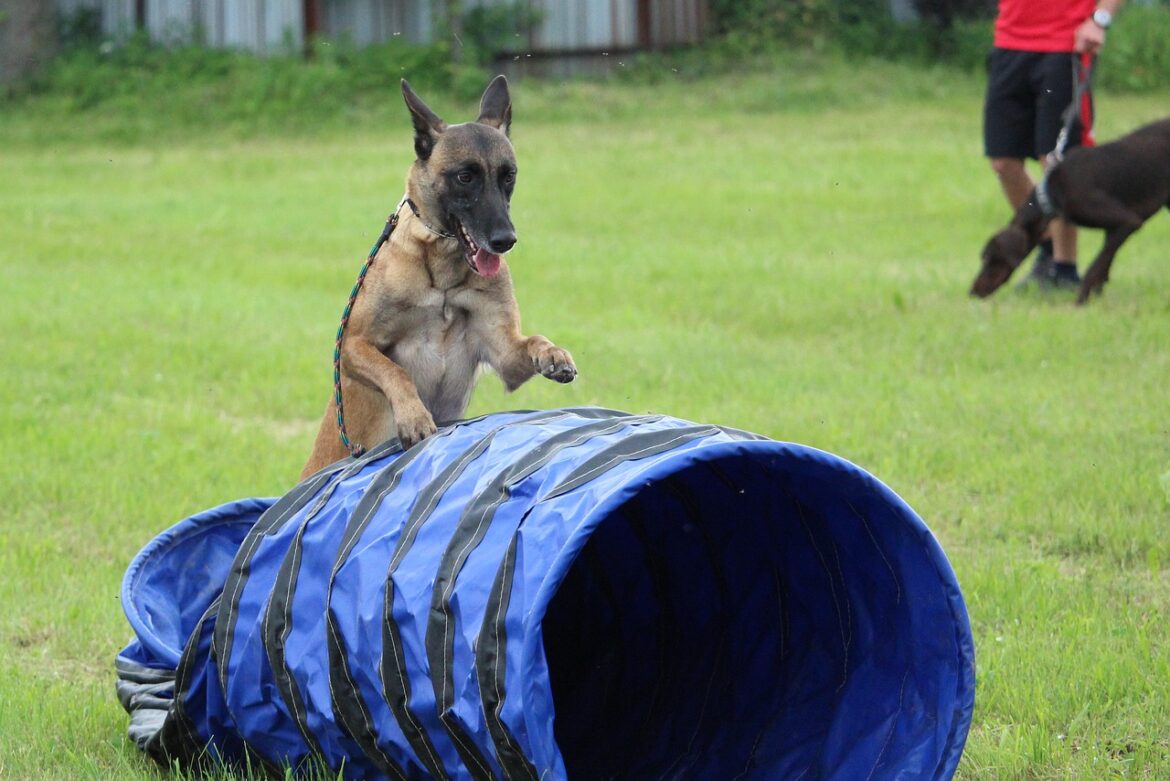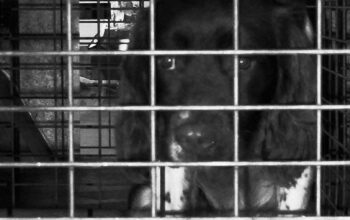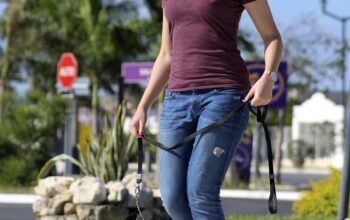This is a great article and a must-read for any dog owner.
It doesn’t matter whether it is dog training or behavior modification – there are no quick fixes when it comes to training your dog.
When you choose a dog to become a member of your family, you are making a commitment and a lifestyle change. Training your dog takes a lot of time and effort. Dogs need and require good (calm and stable) guidance, consistency, routine, boundaries, patience and love every day. Not just once or twice a week.
There is a lot of good information on the internet on dog training, but there is also much more misinformation on there. While some dog training techniques work on some dogs, they do not always work on all dogs. This is, unfortunately, something these articles and programmes do not tell you.
All too often, human expectations are too high. Whether they realize it or not, dog owners set their dogs up to fail by expecting them to know and do too much too soon, without properly teaching their dog the basic skills. Owners then become frustrated and angry because their dog is not doing what they want. This is not good for the dog or for the owner.
So you have been practising at home and your dog now does most of what you ask of it. Off to the park you go, only to find your dog out in the yard, not listening to you, pulling on the leash and generally acting like an idiot. But you persevere and make it to the park. There you see that your dog is no better. You get angry, frustrated and maybe a bit embarrassed so you turn around and go home, while your dog is like a bouncer ball on the end of the leash.
So what went wrong? You set up your dog and yourself to fail. This is where situational socialization comes in – in other words, take your dog to different places and practice your basic commands, just as you did at home, but with more distractions. Dogs hear, see, and smell a lot more than humans do so it’s far more exciting for them to go out and about. It’s all about short-lived training, getting your dog to focus on you, being calm, having fun and knowing when your dog and yourself have had enough.



